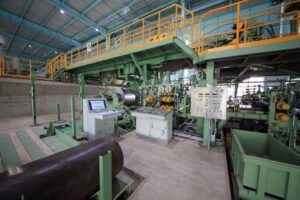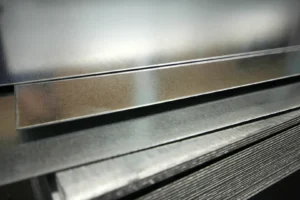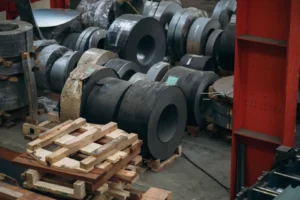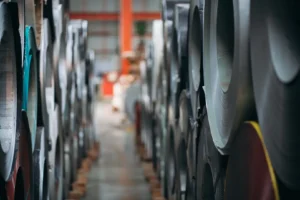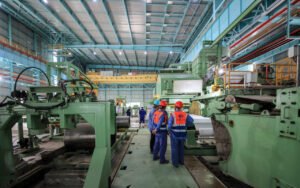Why Stainless Steel is a Top Choice for Modern Kitchen Countertops
Choosing a countertop is a major decision. You worry about stains, hygiene, and style. Stainless steel delivers a durable, clean, and modern solution that resolves all these concerns.
Stainless steel is a top choice for modern kitchen countertops due to its unmatched combination of durability, superior hygiene, and sleek, contemporary aesthetic. Its resistance to heat, stains, and corrosion makes it a practical, long-lasting investment for both residential and commercial kitchens.
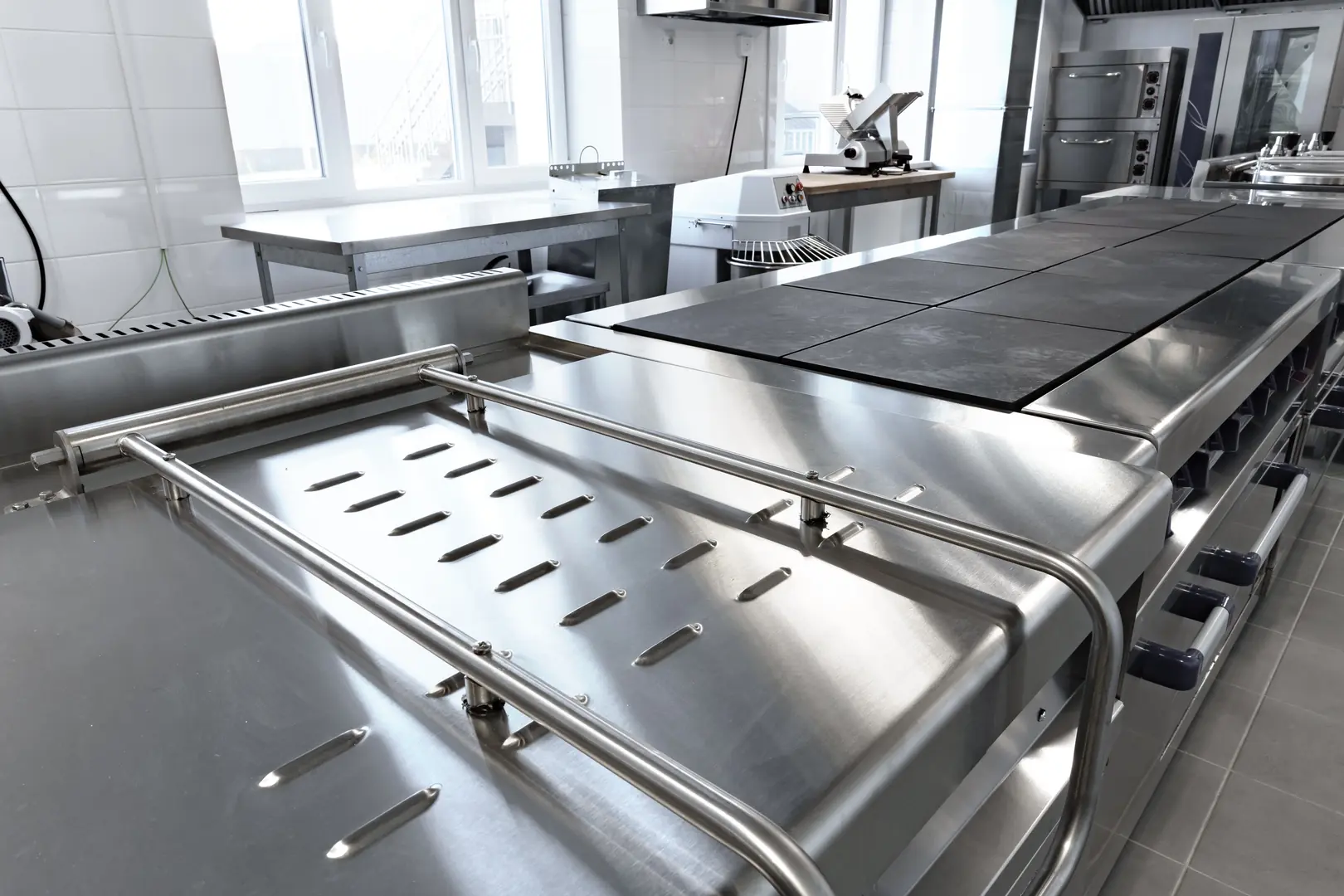
As the Global Business Director at MFY, I've seen material trends come and go. But the steady rise of stainless steel in high-end kitchens isn't just a trend; it's a fundamental shift towards materials that offer both high performance and sophisticated design. It's the same material trusted by professional chefs for decades, and now it's becoming the cornerstone of modern home and commercial kitchen design. Let's explore exactly why this material has become the undisputed champion for countertops.
What makes stainless steel an ideal material for kitchen countertops?
Choosing the right countertop can be overwhelming. You worry about style, hygiene, and longevity. Stainless steel excels in all three areas, making it the ideal, worry-free material choice.
Stainless steel is an ideal countertop material because it is non-porous, preventing bacteria growth. It is also highly resistant to heat and stains, and its neutral, metallic finish seamlessly integrates with any modern kitchen design, appliances, and color schemes.

At MFY, we supply stainless steel for projects across the globe, and I've personally seen its transformative power in kitchen environments. The secret to its success lies in a perfect balance of functional and aesthetic qualities. It’s not just one feature, but the synergy of several that makes it the superior choice. In my experience, clients are increasingly looking for materials that simplify their lives without compromising on luxury or safety, and stainless steel delivers on all fronts.
The Unbeatable Trio: Hygiene, Durability, and Style
The primary reason professional kitchens have used stainless steel for a century is hygiene. Its surface is non-porous, which means there are no tiny holes or cracks where bacteria, viruses, or mold can hide. This is a massive advantage over materials like granite or even some quartz composites, which require sealing to prevent staining and bacterial growth. For a home kitchen where food is prepared daily, this provides incredible peace of mind. I remember a client developing a high-end residential complex in Singapore who specified our stainless steel for all kitchen surfaces. Their key selling point was offering residents a "professional-grade hygienic environment." This is the standard modern living now demands.
| Feature | Stainless Steel | Granite | Wood |
|---|---|---|---|
| Hygiene | Excellent (Non-porous) | Good (Requires Sealing) | Poor (Porous) |
| Heat Resistance | Excellent | Very Good | Poor |
| Stain Resistance | Excellent | Good (Requires Sealing) | Poor |
| Design Integration | Excellent (Neutral) | Good (Pattern Varies) | Good (Warm Aesthetic) |
Why does stainless steel outperform other materials in terms of durability?
Other materials chip, stain, or burn. This leads to costly repairs and replacements. Stainless steel's inherent toughness provides unmatched, long-term durability against daily kitchen abuse.
Stainless steel outperforms other materials in durability due to its exceptional resistance to heat, corrosion, impact, and stains. Unlike porous materials like stone or wood, it will not chip, crack, or harbor bacteria, ensuring a long and functional lifespan.

Durability isn't just about surviving; it's about thriving under pressure. A kitchen countertop is a work surface that faces constant challenges: hot pans, acidic spills, sharp knives, and heavy pots. Many beautiful materials fail this daily test. I recall a commercial kitchen client in Dubai who refitted their entire operation. They chose our stainless steel not just for hygiene, but because their previous granite tops were constantly getting chipped and stained, costing them a fortune in maintenance and downtime.
Built for the Toughest Environments
The science behind stainless steel's strength is its composition, particularly the chromium content. When exposed to oxygen, the chromium forms a thin, invisible, and passive layer[^1] of chromium oxide[^2] on the surface. This layer is what makes the steel "stainless"—it protects the underlying metal from corrosion and rust. If the surface is scratched, this passive layer instantly reforms, effectively healing itself. This is why you can spill lemon juice, vinegar, or wine on a stainless steel countertop without the fear of etching or permanent staining that plagues marble or other natural stones. Furthermore, its ability to withstand extreme temperatures means you can place a hot pot directly on the surface without causing cracks or discoloration. While some worry about scratches, many chefs and designers see this as developing a unique "patina[^3]" over time, a sign of a well-loved and functional kitchen.
How does stainless steel's aesthetic appeal enhance modern kitchen designs?
Creating a cohesive, modern kitchen look is hard. Mismatched materials can look chaotic. Stainless steel provides a sleek, neutral foundation that unifies any design.
Stainless steel's aesthetic appeal enhances modern kitchens by providing a sleek, reflective, and neutral surface. It complements other materials like wood and stone, matches professional-grade appliances, and creates a bright, clean, and minimalist look that aligns with contemporary design trends.
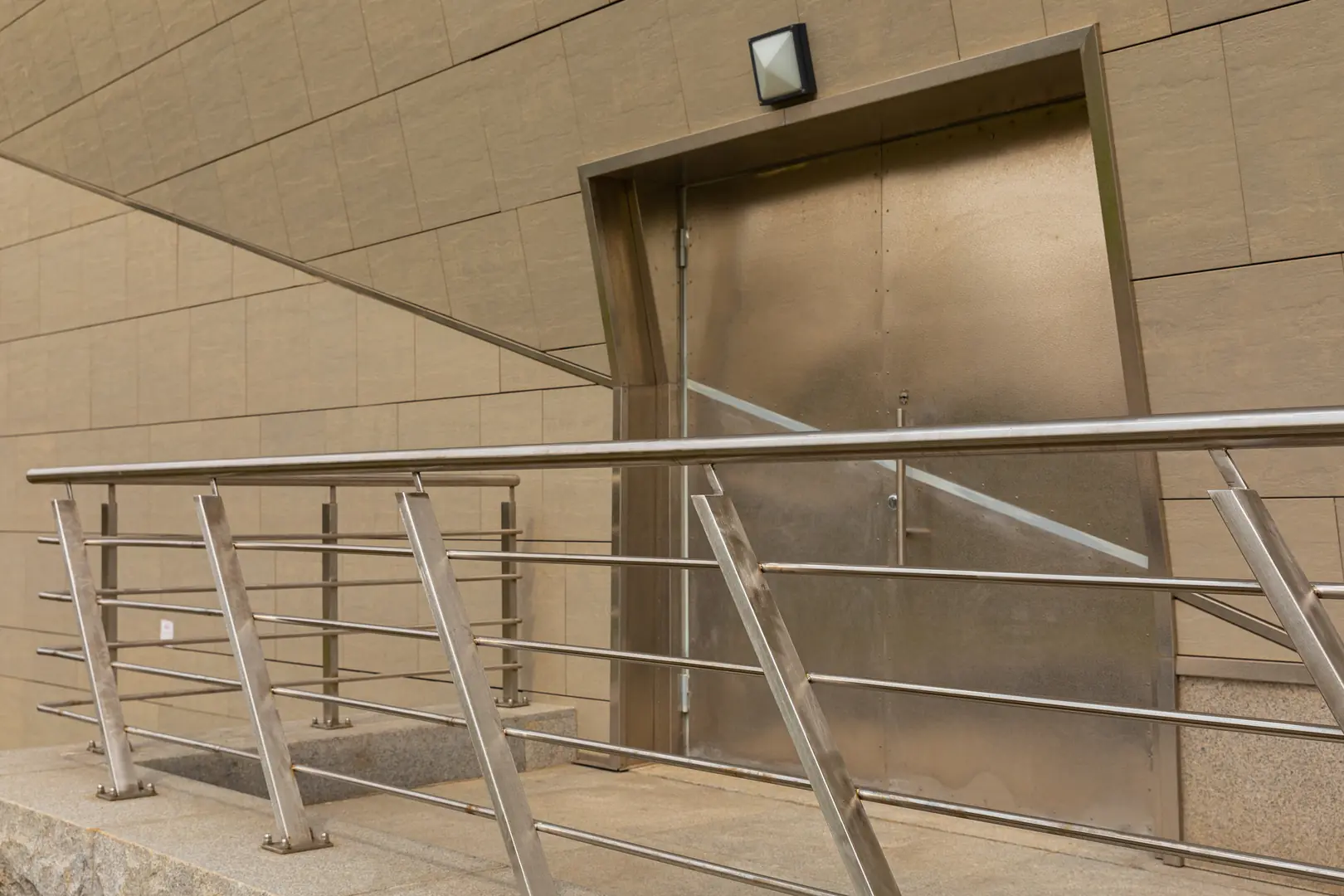
Aesthetics are deeply personal, but the principles of good design are universal. Modern design, in particular, emphasizes clean lines, uncluttered spaces, and an honest expression of materials. Stainless steel is the embodiment of this philosophy. Its neutral, cool tone acts as a perfect canvas. It doesn't compete with other design elements; it enhances them. Whether paired with warm, natural wood cabinets for a balanced look or with stark white lacquer for an ultra-minimalist feel, stainless steel provides a visual anchor.
The Architect's Choice for Minimalism and Light
One of the most powerful aesthetic qualities of stainless steel is its ability to play with light. Its reflective surface bounces both natural and artificial light around the room, which can make a small kitchen feel significantly larger and more open. This is a key reason architects and designers favor it for urban apartments and compact living spaces. At MFY, we've also invested in developing a range of finishes to meet diverse design needs. The choice of finish can dramatically alter the look and feel of the space.
| Finish | Design Style | Key Characteristics |
|---|---|---|
| Brushed | Industrial, Contemporary | Hides fingerprints, soft sheen |
| Polished (Mirror) | Ultra-Modern, Glam | Highly reflective, bold statement |
| Matte | Minimalist, Scandinavian | Non-reflective, subtle, sophisticated |
This versatility ensures that stainless steel isn't a one-size-fits-all solution but a customizable element that elevates property value and aligns perfectly with the current demand for functional, beautiful living spaces.
What are the key benefits of using stainless steel in high-traffic kitchen areas?
High-traffic kitchens suffer from wear and tear. Constant use leads to damage and dirt buildup. Stainless steel's resilience and ease of cleaning make it perfect for busy environments.
The key benefits of stainless steel in high-traffic areas are its extreme durability against constant use, its non-porous surface that simplifies cleaning and sanitization, and its long-term cost-effectiveness due to minimal maintenance and replacement needs. It is built to last.

When we talk about high-traffic areas, we're not just referring to bustling restaurant kitchens. We're talking about the modern family kitchen, which has become the central hub of the home. It's a place for cooking, eating, working, and socializing. In these environments, performance is non-negotiable. At MFY, we've seen a surge in orders for stainless steel sheets destined for large-scale hospitality and residential projects. The project managers all say the same thing: they need a material that looks good on day one and performs flawlessly on day one thousand.
Performance Under Pressure
The true value of stainless steel in these environments is its low total cost of ownership[^4]. The initial investment may be comparable to some mid-range stones, but the long-term savings are significant. There is no need for periodic sealing, special chemical cleaners, or costly repairs for chips and cracks. A simple wipe-down with soap and water is all that's required to keep it clean and hygienic. This resilience reduces maintenance budgets for commercial operators and saves time and money for homeowners. Furthermore, stainless steel is one of the most recycled materials on the planet. It can be melted down and reformed without any loss of quality, making it a highly sustainable choice for eco-conscious builders and consumers. It's a material that meets the dual modern demands of performance and planetary responsibility.
What are the best practices for maintaining stainless steel kitchen countertops?
Keeping countertops looking new is a chore. Harsh chemicals can damage surfaces. Stainless steel is simple to maintain with the right, gentle techniques for a lasting shine.
The best maintenance practices for stainless steel countertops include daily cleaning with a soft cloth, warm water, and mild soap. Always wipe in the direction of the grain. For a polished finish, use a specialized stainless steel cleaner or mineral oil.
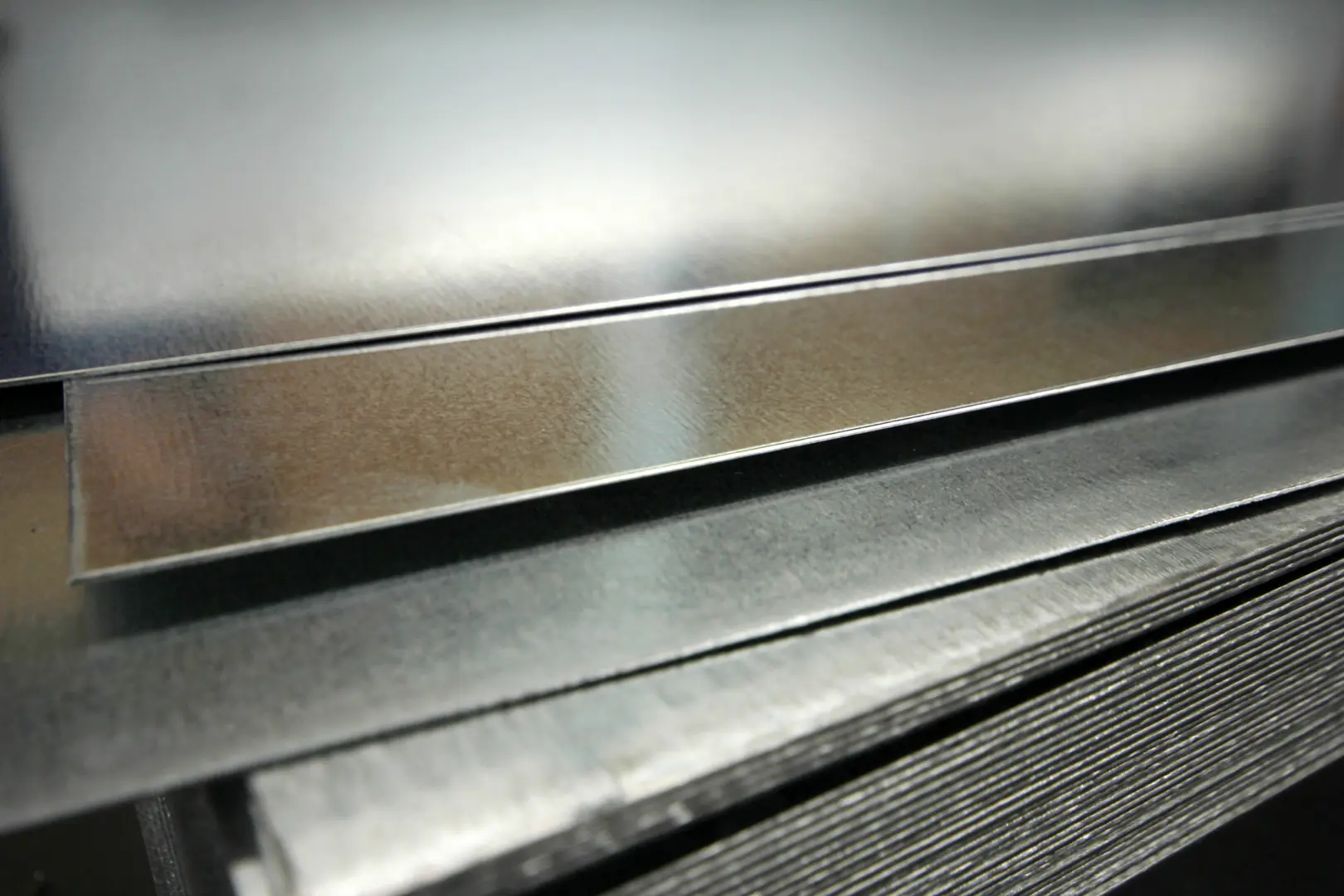
One of the greatest myths about stainless steel is that it's difficult to keep clean. The opposite is true. Its low-maintenance nature is a core part of its appeal, but like any premium material, it benefits from proper care. The key is to be gentle and consistent. Using the wrong tools or cleaners can cause unnecessary damage, but the right routine is incredibly simple and takes just moments a day.
Simple Steps for a Lifetime of Luster
The most important rule is to identify the direction of the "grain" or the faint lines in the steel's finish. Always wiping and polishing parallel to this grain will prevent micro-scratches and maintain a uniform appearance. For daily cleaning, a soft microfiber cloth with a bit of dish soap and warm water is perfect. For a deeper clean or to remove fingerprints, a small amount of a pH-neutral cleaner or even a dab of mineral oil on a dry cloth works wonders.
| Do's | Don'ts |
|---|---|
| ✅ Wipe in the direction of the grain. | ❌ Use abrasive scrubbers like steel wool. |
| ✅ Use soft cloths (microfiber). | ❌ Use harsh cleaners with chlorine or bleach. |
| ✅ Clean up spills promptly. | ❌ Let water or acidic liquids sit for hours. |
| ✅ Use a pH-neutral, mild cleaner. | ❌ Use abrasive powders or oven cleaners. |
By following these simple practices, your stainless steel countertop will not only perform flawlessly but will also retain its beautiful, clean luster for decades. It's a testament to the idea that the most advanced materials are often the simplest to live with.
Conclusion
Stainless steel is more than a trend; it's a smart investment. Its blend of hygiene, durability, and timeless style makes it the superior countertop choice for any modern kitchen, delivering performance and value for years to come. I stand by it completely.
Have Questions or Need More Information?
Get in touch with us for personalized assistance and expert advice.

